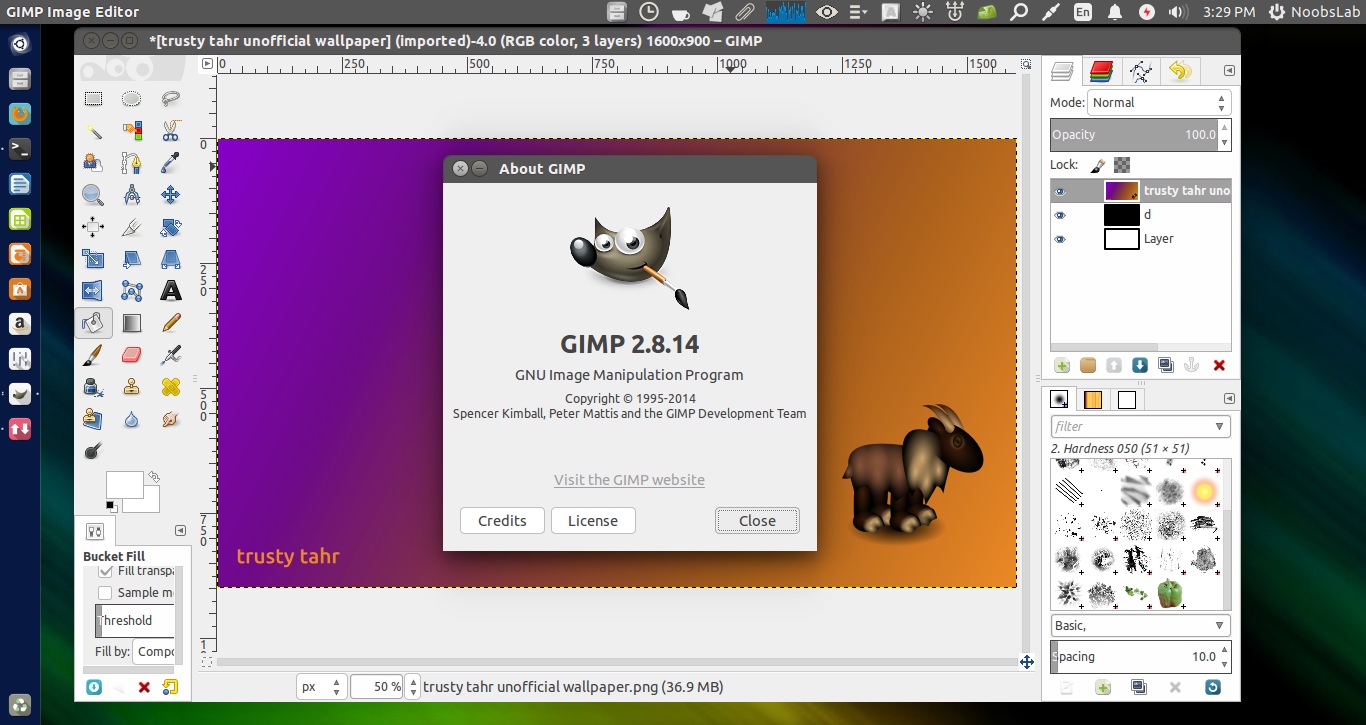

You don’t have to choose one over the other, and you’d be disadvantage if you were to do so.Īnother great post, not too sure about similarly apple and oranges I think Inkscape is more the base tool to produce the ingredients like fruit and Gimp is just one of the many tools for a chef to put the receipt together for the finished meal, Like an apple and an orange, one isn’t better than the other. Instead of viewing them them through the lens of either-or, acknowledge them as must-have assets for anyone looking to get design work done with open source software. Inkscape and GIMP are both incredibly useful design tools that serve very different purposes. It’s much easier to scale a logo down than it is to scale it up.Īnd this probably goes without saying, but I would also recommend saving a copy of it with the XCF extension, which is the GIMP-native editable format that will allow you to go back into the design with all of the layers and elements intact in case you ever need to make some alterations. However, I would advise creating it at an incredibly large size, like at least 3,840 pixels high or wide (the bigger the better though!) The reason for this is so that you will always have a large copy handy in the rare occasion that you may actually need it.

If GIMP is what you feel most comfortable with and you plan to use your logo in a very limited context - only your website, app or social media profile/posts - then go right ahead. It’s not my position to tell you what you can and cannot do. Having an exclusively raster logo with no vector file for it is like having a website that you can’t edit or update. You will always need raster copies of your logo, but that doesn’t mean that it should be created in a raster format. Either that or I would’ve had to distort it to make it fit. If I would’ve originally designed the logo with GIMP, I would’ve had to re-create it all over again in order to fit the specific size I needed it to be for this site. However, since I designed the logo using vectors, I was able to use the vector Inkscape file to render a PNG at the precise size I needed it to be. In fact, the logo you see at the top of this website is in a raster format (PNG). But Won’t I Need Raster Copies Of My Logo? Simply put, a logo that is designed in vector format will always be capable of being used in any imaginable way a logo could possibly be used. Not only can they be scaled infinitely without quality loss, but true-vector formats also retain more information about a graphic (like node points,) meaning your logo can be edited and updated on a whim and without any loss of quality. But if you were to design a logo in a raster format, you’d be placing crippling limitations on how the logo can be used. Raster graphics editors like GIMP and Photoshop are best used for editing and manipulating photos as well as designing print items that call for a specific size, like business cards and brochures. If we had a vector Inkscape file for our logo, we could simply open it and scale the logo up to the size that the print shop is requesting, then render it to a raster format like PNG or JPG. This is why we need a more dynamic format for our logos, which is what Inkscape provides. If you design a logo to be 1,920 x 1,920 pixels in size, what happens when you want to have it printed on a billboard and the print shop informs you that they’ll need a copy of the logo at 5x the size it already is? If you scale the logo up to that size, it’s going to look awfully pixelated. Since raster graphics are stuck at a predetermined size, it’s generally not a good idea to design logos in a raster format because a logo needs to be used on a variety different mediums and at different sizes. Here’s an example of what can be done with a vector graphics editor like Inkscape… Vector graphics applications are great for creating logos, icons for apps and websites, and cartoon illustrations. They can be scaled infinitely without quality loss, and they retain far more information about the graphic, which allows you to edit it later on if need be.
Gimp linux alternative series#
Vector graphics - unlike raster graphics - are not made of pixels they’re made of mathematical formulas that dictate all of the properties of the graphic on an X and Y axis, and these formulas are far more dynamic than a series of colored boxes. Inkscape is a vector graphics application, much like Adobe Illustrator.


 0 kommentar(er)
0 kommentar(er)
